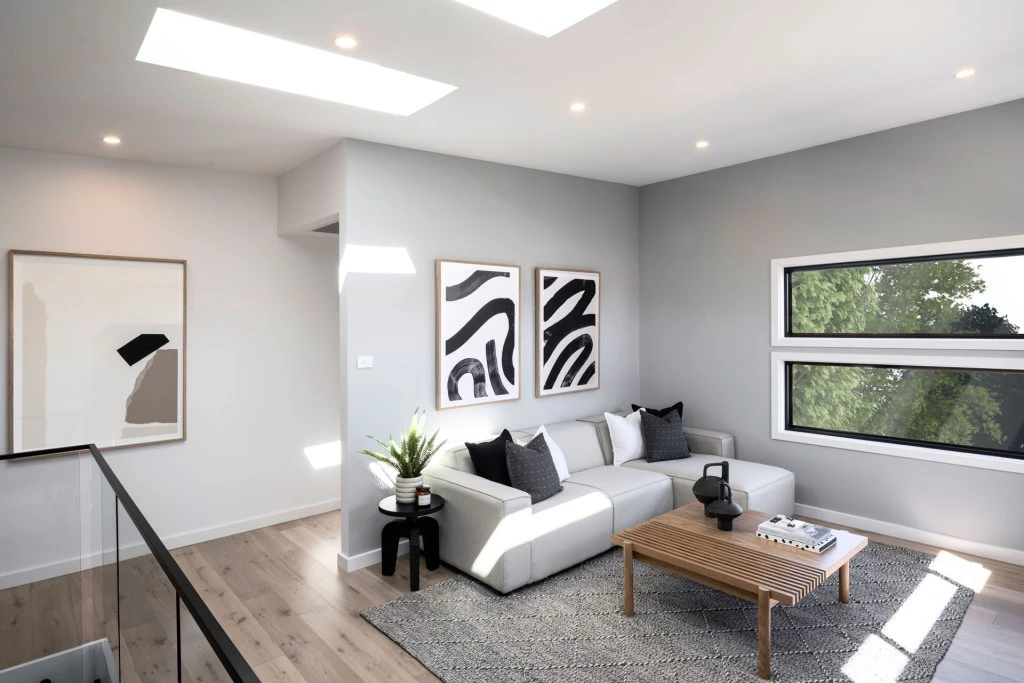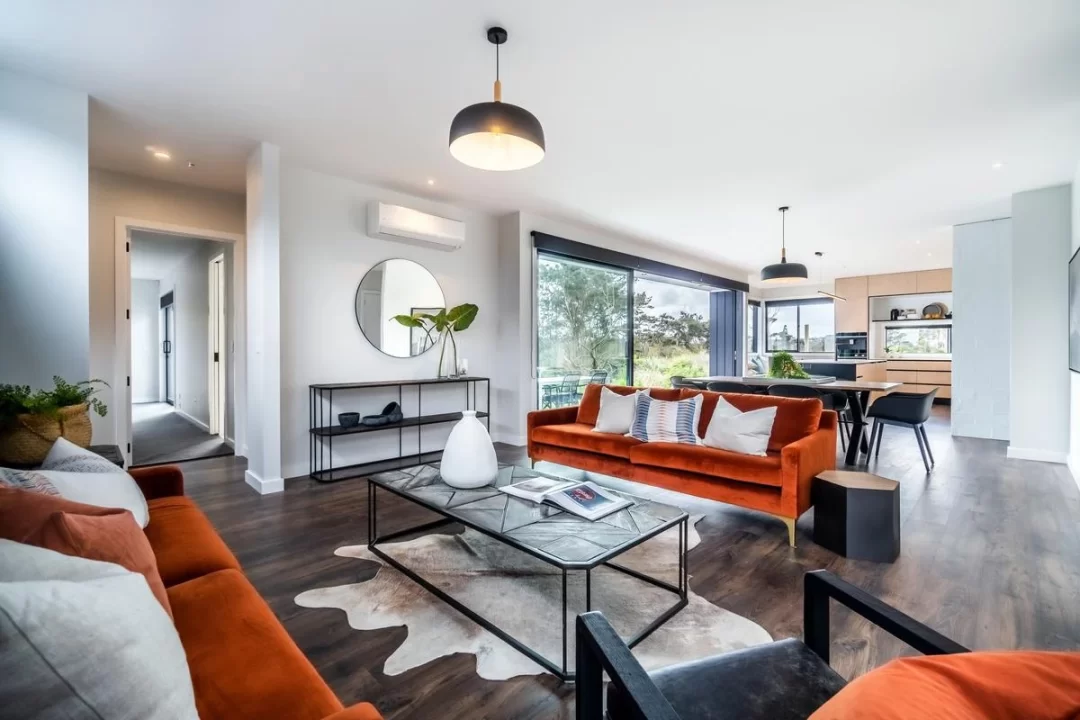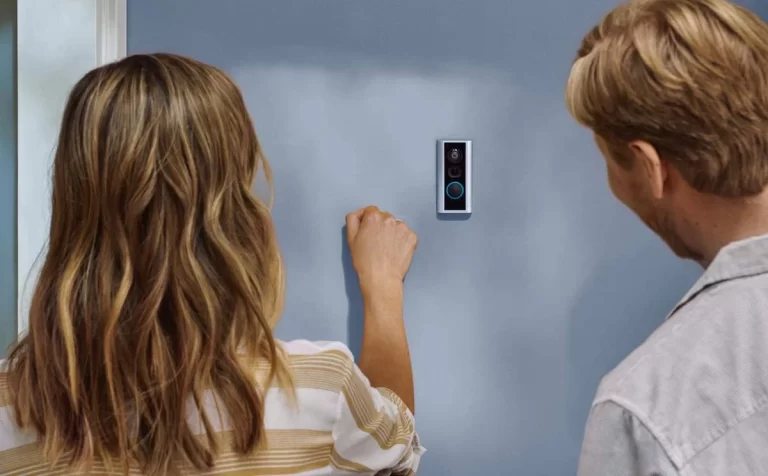What is an Energy Efficient Home? Essential Elements
What is an energy efficient home? Discover the concept of energy-efficient homes and how they can save you money while benefiting the environment. This comprehensive guide covers everything you need to know about making your home more energy-efficient.

What is an Energy Efficient Home?
In today’s world, where environmental concerns and energy costs are at the forefront of discussions, the concept of an energy-efficient home has gained significant popularity.
An energy-efficient home is designed to consume less energy while still providing a comfortable living environment for its occupants.
By employing various technologies, sustainable practices, and mindful habits, homeowners can significantly reduce their energy consumption, save money on utility bills, and reduce their carbon footprint.
An energy-efficient home is a property designed and optimized to minimize energy consumption, waste, and environmental impact.
It focuses on using energy-efficient appliances, renewable energy sources, and sustainable building materials to ensure the utmost efficiency and eco-friendliness.
Such homes are equipped with features that help regulate indoor temperatures, conserve water, and use energy wisely.
The Benefits of an Energy Efficient Home
Creating an energy-efficient home comes with a multitude of benefits for both homeowners and the environment.
1. Lower Utility Bills
One of the most enticing advantages of an energy-efficient home is the potential for significantly lower utility bills.
By using energy-efficient appliances and reducing energy waste, homeowners can save a substantial amount of money in the long run.
2. Environmental Impact
Energy-efficient homes help reduce greenhouse gas emissions and lower the demand for non-renewable energy sources.
By lowering your home’s energy consumption, you contribute to the fight against climate change and environmental degradation.
3. Increased Home Value
Investing in energy-efficient upgrades can boost the resale value of your house. With the growing interest in sustainability, many homebuyers are willing to pay a premium for eco-friendly properties.
4. Improved Comfort
Energy-efficient homes are better at maintaining consistent indoor temperatures, ensuring comfort throughout the year. Proper insulation and energy-efficient windows help keep the house warm in winter and cool in summer.
5. Government Incentives
Many governments and local authorities offer incentives and tax benefits for homeowners who implement energy-efficient measures. These incentives can further offset the initial costs of upgrading your home.
Essential Elements of an Energy Efficient Home

To create an energy-efficient home, several key elements need consideration. Let’s explore each of them in detail.
1. Energy-Efficient Appliances
Energy-efficient appliances, such as refrigerators, washing machines, dishwashers, and HVAC systems, play a crucial role in reducing energy consumption.
Look for appliances with the ENERGY STAR label, as they meet strict energy efficiency standards set by the U.S. Environmental Protection Agency (EPA).
2. Proper Home Insulation
A well-insulated home prevents heat loss during winter and heat gain during summer. Insulating walls, attics, and crawl spaces can significantly improve the energy efficiency of a home.
3. LED Lighting
Switching to LED bulbs is an easy and cost-effective way to reduce electricity usage. LED bulbs last longer and consume far less energy than traditional incandescent bulbs.
4. Solar Panels
Installing solar panels allows homeowners to harness renewable energy from the sun. Solar power is a clean and sustainable energy source that can power your home while reducing reliance on the grid.
5. Efficient Windows and Doors
Energy-efficient windows and doors with proper seals prevent drafts and heat transfer. They contribute to maintaining a comfortable indoor environment and reducing the need for heating and cooling.
6. Smart Thermostats
Smart thermostats enable precise temperature control, allowing homeowners to adjust settings based on occupancy and time of day. This feature ensures efficient heating and cooling while minimizing energy waste.
7. Water-Efficient Fixtures
Water-efficient fixtures, such as low-flow toilets and faucets, help conserve water and lower water bills.
8. Passive Design
Implementing passive design principles, such as strategic building orientation and maximizing natural lighting, can enhance energy efficiency without relying heavily on mechanical systems.
Conclusion
Creating an energy-efficient home is a commendable step towards a sustainable future.
By incorporating energy-efficient appliances, proper insulation, renewable energy sources, and other eco-friendly features, you can make a positive impact on the environment while enjoying significant savings on your utility bills.
Embrace energy efficiency today and be a part of the global movement toward a greener tomorrow.
READ ALSO!!!



